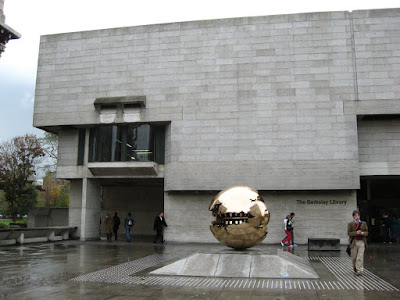

This street ran through and beyond the Monto’s (loose) boundaries. Princess Charlotte of Mecklenburgh had married George III a few years earlier. Rocque’s Map, 1756, showing Worlds End Lane and Great Martin’s Lane, which would become Montgomery St and Mecklinburgh St.Īs the area began to be laid out in the mid-Georgian era, Great Martin’s Lane became Mecklinburgh St in 1765. The port and Aldborough house-converted from a school to a military barracks during the period of the Crimean war-provided plenty of clientèle along with the demand of locals. Amiens St likely provided plenty of young women from the country looking for work. And thirdly, and most likely crucially, the area was perfectly positioned next to Amiens St station, Dublin port, and Aldborough House. Secondly, the area was a slum, meaning rents were low. Luddy reports the Dublin Metropolitan Police records: 2,849 arrests in 1838, 4,784 in 1856 and running at about 1,000 per year from the 1870s. Ths is not to say arrests didn’t take place. But they were not used, and the area was openly acknowledged to have ‘open houses’ in a publication of high repute as Encyclopaedia Britannica.


From the 1870s, there was no shortage of powers available to the police to shut down brothels and arrest their occupants. Firstly, the area was far enough from respectable eyes to enable the containment of prostitution away from upper and middle-class residential districts. In a second essay, O’Keeffe and Ryan propose three reasons why this small part of the north inner city became one of Europe’s most notorious red-light districts. Why did the Monto come about? Early nineteenth century records suggest that prostitution was more prevalent on the south side of the city with one of the city’s better known Madames, Margaret Leeson, setting up shop in Pitt St, now Balfe St, site of the Westbury Hotel (and the subject of this blog’s first post). They have used the Ordnance Survey maps of the city to trace the growth and decline of prostitution in this small area.

They write that there is little surviving of the Monto today, with streets, houses, and street names cleared away. Oddly, my awareness of the Monto came about through a gift of the book Science and Technology in Nineteenth Century Ireland, which contains an essay by Tadhg O’Keeffe and Patrick Ryan. 1840 shows many street names before they were changed. There is no specific boundary for the Monto, but it is considered to be within the boundaries of Gardiner St (to the left/west), Talbot St (to the south), Amiens St (to the east) and Gloucester St to the north.


 0 kommentar(er)
0 kommentar(er)
